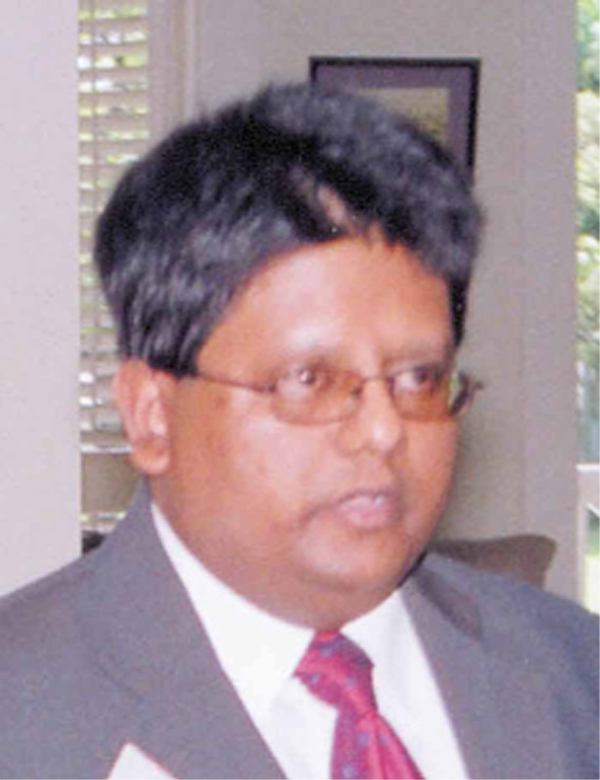12,000 to benefit
The Government and the Inter-American Development Bank (IDB) yesterday inked a loan deal totalling $5.7B for the housing sector, which is expected to benefit about 12,000 people, representing 8% of the country’s households.

The second Low Income Settlements Programme is expected to address 70% of Guyana’s low income housing deficit, a statement from the IDB Country Office said. Minister of Finance, Dr. Ashni Singh and IDB Country Representative, Marco Nicola signed the agreement in the presence of Minister of Housing and Water, Irfaan Ali, Chief Executive Officer of the Central Housing and Planning Authority (CHPA), Mryna Pitt and other officials in the Ministry of Finance’s Boardroom.
Yesterday’s signing formalised the US$27.9M loan, which was approved by the IDB Board of Directors last December. The Programme is a follow-up to the first Low Income Settlements Programme, which was implemented by the CHPA and completed in 2007. The general objective of the Programme is to improve the quality of life of low-income families through better access to housing. It has been divided into three major components and will be implemented through the CHPA.
Ali said that the new Programme, under Component One, will encompass the development of new sites with services, consolidation of existing housing schemes and upgrading squatter areas. Component Two will see the implementation of pilots to address the issues of affordability and sustainability in housing.
The minister said that the first sub-component – development of new sites with services, will include sub-divisions with connections to basic infrastructure and community facilities. Additionally, he said that it will include financing for a package of technical assistance and provision of materials for beneficiaries to construct septic tanks. It is expected that 3,766 serviced lots will be realized on 11 sites in Regions Three, Four, five, Six, Seven and Ten.
The second sub-component – consolidation of existing housing schemes, will include on-site investments to complete or rehabilitate infrastructure at eight sites in Regions Three, Four, Five, Nine and Ten with 4,900 lots expected to benefit.
The third sub-component – upgrading of squatter areas, will include improving the physical conditions (such as widening, where possible and paving of streets, drainage, septic tank construction and water distribution). It will also finance the upgrading of 1350 lots in five regularized squatter settlements in Regions Four, Six and Ten.
In addition, US$2M has been allocated for off-site investments such as for new wells, transmission upgrades and leak reduction, to guarantee water supply to the new sites as well as to the existing housing schemes. Provided for in that allocation too is a pilot project for the construction of 400 “core homes” where the basic infrastructure would be provided.
Serviced lots
Component Two will see the implementation of pilot projects to address issues of affordability and sustainability in housing. This includes subsidies to support housing improvement, serviced lots for partnerships with professional groups such as teachers and nurses and subsidies to provide housing solutions to households located in the hinterland with limited access to services.
Component Three will address the strengthening of the CHPA. Ali said that the programme will see a direct improvement in people’s lives and asserted that it comes at a critical time. He pointed out that a unique feature of this new programme is that it will be executed by the staff of the CHPA. There will be strengthening of the existing staff complement through training and the recruitment of additional staff to execute specific programme activities. The programme activities are expected to be executed during the period 2009 – 2013.
Meantime, the IDB statement noted that the Programme will improve low-income families’ access to enhanced living conditions through housing solutions and access to house lots. Although the population in Guyana remains stable, the Bank said, the country still suffers a deficit of 19, 400 homes for the low-income population. Demand for quality housing is also unmet as an estimated 52,000 houses are over 30 years old and not properly maintained, it added.
The IDB’s loan consists of US$13.95M from the Bank’s ordinary capital for a 30-year term including a six-year grace period at a variable interest rate, and US$13.95M from the Fund for Special Operations for a 40-year term and grace period, at 0.25% interest rate. The statement said that based on the positive previous experience with the CHPA, the government and the Bank have agreed an “innovative implementation mechanism of this program that will be executed directly by the beneficiary agency without the interface of an ad-hoc project executing unit”.
Questioned on whether the IDB still harbours concerns about Guyana’s absorptive capacity, Nicola said that this has improved. “In many sectors, not in all, but in many, many sectors, the absorptive capacity of Guyana has improved dramatically”, he stated.
He pointed out though that there are some sectors, which he would not name, which still struggle in terms of achieving absorptive capacity, but these are sectors where they have just started working or where there is a lack of experience in working with the IDB, but the Bank is working closely with those agencies in order to improve their capacity to absorb loans.
Dr. Singh meantime noted that where there is the view that further work can be done to improve absorptive capacity, the benefit of experience and the passage of time helps to strengthen the ability of those sectors to implement their projects.
He said that the new programme and the continued support of the housing sector is a reflection of the fact that the housing sector has accumulated an outstanding record in implementing projects and demonstrating adequate absorptive capacity. He declared that government recognizes the need to address any impediments and bottlenecks as it relates to implementing a project and this is manifested in the recent engagements they have had with contractors, consultants and with permanent secretaries. He added that government has done a lot of work to streamline procurement legislation.

